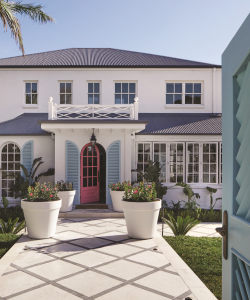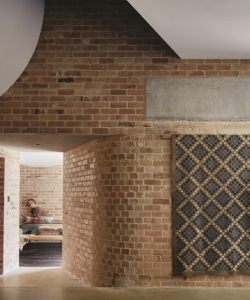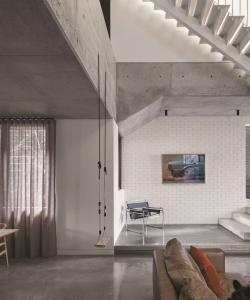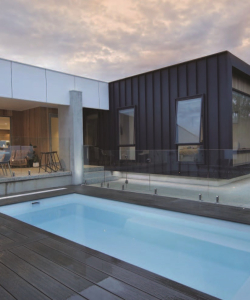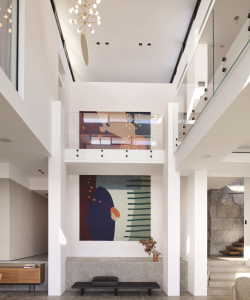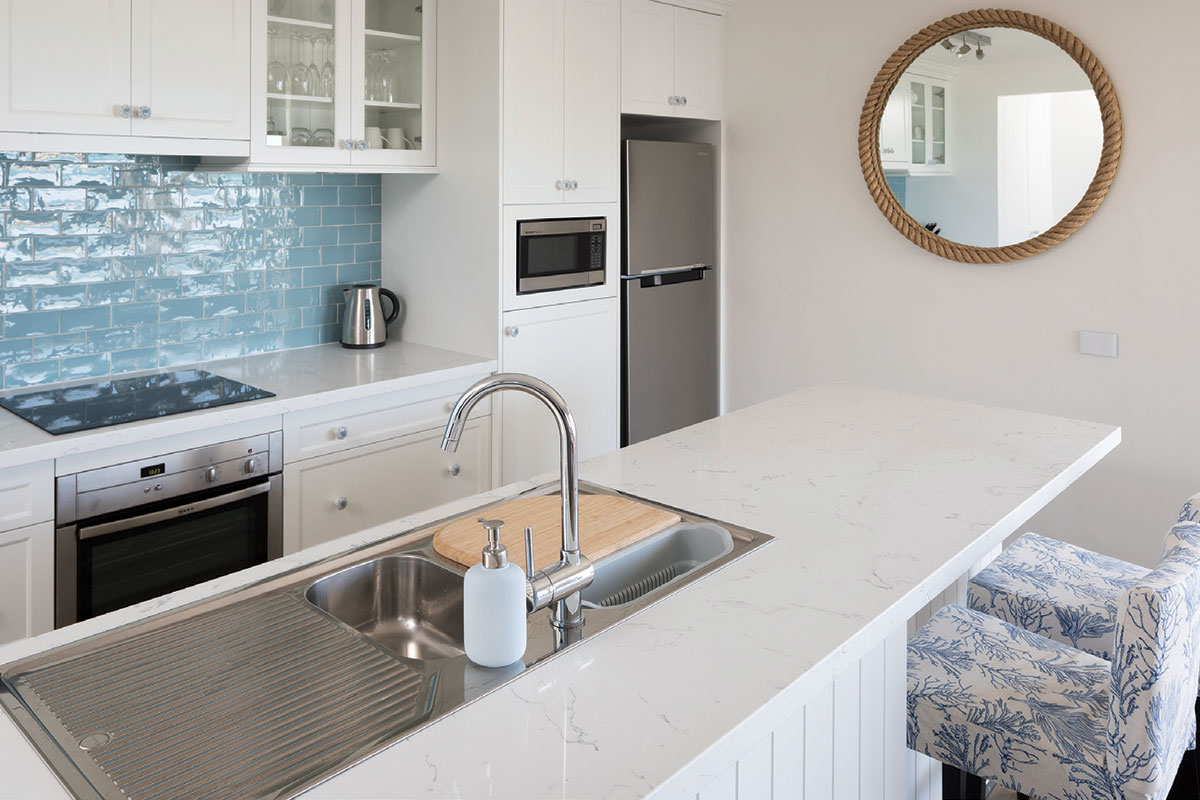
Question:
Our family home is looking tired but we don’t have a huge amount of money to spend on a revamp.
The kitchen is dark and the benchtops and cupboard doors are dark and grubby. The floors are old 70s tiles and the walls are exposed bricks. The bathrooms are in good working order but the tiles are dated. The bedrooms have carpets that need replacing. Which areas should we focus on to make it feel fresh? Lots of people have suggested we should sell and relocate to a newer suburb where we can get more value for money but we love the central location of this house. What is your advice?
Answer:
It is costly to rent a home while undertaking demolition and a new build on the existing site can take 6-12 months so it is worth considering a new home in a new location if the existing house is in need of so much work that it is more cost-effective to build than repair or replace.
But if the home is structurally sound and has good bones, renovating is a good idea. For a 70s-style home, generally the architecture is of a modern style and the high priorities would be electrical, flooring, kitchen, bathrooms, laundry and colour scheme.
Replace the lighting with warm or daylight LED lighting with dimmer switches. LED lights are a lot brighter than halogen and fluorescent lighting, so you will need less of them and a dimmer will create a softer mood.
I also recommend updating power points as many retro home styles don’t have adequate power for our many modern devices. Invest in feature pendants over the kitchen bench.
The kitchen design is important and the layout should be designed by a professional. Choose appliances that are as high quality as you can afford and use predominately laminate in modern finishes for cabinetry and benchtops. An acrylic splashback that looks like glass or tiles are great options. A handle-free design helps when on a budget. Always install the kitchen before laying flooring up to cabinets in case it needs to be replaced. Also complete any structural work such as applying plasterboard, render or cladding to the brick walls.
Next, select bathroom tiles. If you are working with the existing walls and fixtures, consider a larger-sized floor tile in a grey or natural stone colour and use it in all wet areas. It may be less expensive to install non-rectified ceramic tiles so always price the project on tile cost and installation.
Match the colour of your tile to the grout to make the space appear larger and avoid grout staining.
In the living area, kitchen and bedrooms, warmth can be added with a laminate or vinyl timber look which is both economical and attractive.
Finally, paint throughout, including ceiling, walls, skirting, door frames and doors. Select a scheme that connects the flooring colours. Blend window treatments with wall colour and choose roller blinds for economical privacy and light control. Use accent colours in your styling to create interest.
Natalie Fermoyle, of Bella Life Style
